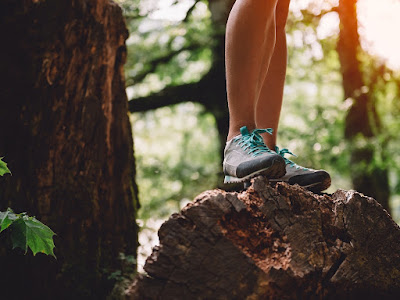
Monday, 25 May 2015
Saturday, 23 May 2015
CRETACEOUS CAPILANO RIVER
From downtown Vancouver, drive through Stanley Park heading north over the Lion’s Gate Bridge. Take the North Vancouver exit toward the ferries. Turn right onto Taylor Way and then right again at Clyde Avenue. Look for the Park Royal Hotel. Park anywhere along Clyde Avenue.
From Clyde Avenue walk down the path to your left towards the Capilano River. Watch the water level and tread cautiously as it can be slippery if there has been any recent rain. Look for beds of sandstone about 200 meters north of the private bridge and just south of the Highway bridge. The fossil beds are just below the Whytecliff Apartment high rises.
You will see some exposed shale in the area. It does not contain fossil material. The fossils occur only in the sandstone. Interesting, but again, not fossiliferous are the many granitic boulders and large boulders of limestone which may have been brought down by glaciers from as far away as Texada Island. Cretaceous plant material (and modern material) found here include Poplar (cottonwood) Populus sp. Bigleaf Maple, Acer machphyllum, Alder, Alnus rubra, Buttercup Ranvuculus sp., Epilobrium, Red cedar, Blackberry and Sword fern.
Monday, 11 May 2015
LINGULA ANATINA: PRIMATIVE BRACHIOPOD
 |
| Lingula anatina — a primitive brachiopod |
Brachiopods are marine invertebrates with a stalk and two shells connected along a hinge. They are often confused with bivalves such as clams.
Bivalves have shells on the sides of their bodies. Brachiopods have shells on the top and bottom. As a result, the plane of symmetry in a bivalve runs along the hinge while it runs perpendicular to the hinge in brachiopods.
Lingula forms are regarded as the most primitive brachiopods and represent the first certain appearance of brachiopods in the fossil records dating back 530 million years.
Their shells do not have any locking mechanisms. Instead, they rely on complex musculature to move their shells. They are the first known examples of animal biomineralisation — a process whereby living organisms stiffen or harden tissues with minerals. Their shells are composed of calcium phosphate and collagen fibres, characters shared only by evolutionarily distant vertebrates.
Lingulid brachiopods had changed so little in appearance since the Silurian, 443-419 million years ago, they are referred to as living fossils — a term bestowed upon them by Charles Darwin himself.
Photo: Wilson44691 - Own work, Public Domain, https://commons.wikimedia.org/w/index.php?curid=8624418



